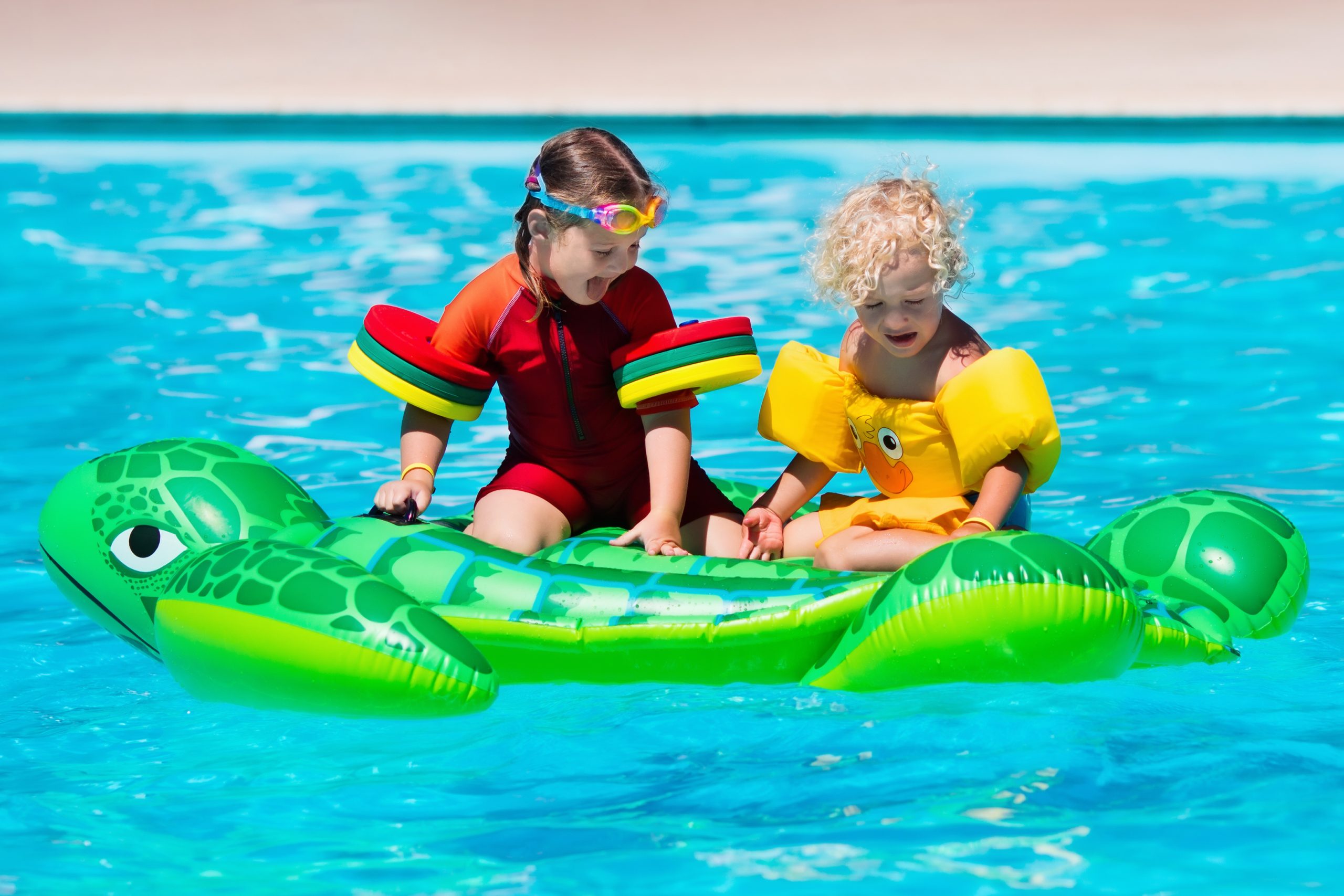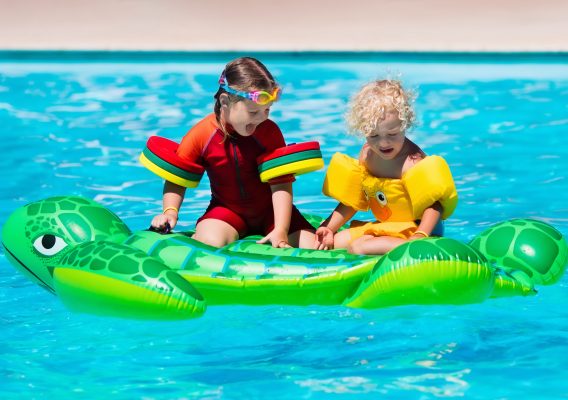
Dry drowning is a real danger and threat to young children that parents must be made aware of. Dry drowning and secondary drowning occurs in about one to two percent of all drowning accidents. Although dry drownings are rare, they can tragically be fatal. A child can accidentally breathe in water from playing too hard in the water, being dunked under water, being thrown in unprepared, or struggling in the water. The child may come up or out of the water and appear to be fine, even hours after you leave the pool, ocean or lake.
Dry Drowning and Secondary Drowning
Dry drowning occurs when the child breathes in water, but the water does not actually reach their lungs. In dry drowning, the vocal cords spasm after leaving the water, which closes the airway. Symptoms include difficulty breathing and will occur shortly after the incident.
When secondary drowning occurs, water actually gets into the lungs through the airway which causes pulmonary edema. This is a condition that occurs when fluid gets into the lungs preventing oxygen from reaching the lungs and bloodstream. Secondary drowning may occur anytime from one hour up to 24 hours after the incident.
Both dry and secondary is much more common in children but can also occur in adults. Symptoms of both include:
- Chest pain
- Trouble breathing (flared nostrils or seeing the rib cage or hollow area above the collar bone are all signs of a child having trouble breathing)
- Persistent coughing
- Vomiting
- Change in Behavior such as sleepiness or forgetfulness which occurs from a lack of oxygen
The symptoms of both dry and secondary drowning are similar, and both can be fatal. If you fear that your child has breathed in water and is showing any signs of either condition, get medical attention immediately.
Pool Safety Tips
First and foremost, never leave children unattended near any body of water. Providing the proper adult supervision will prevent such tragedies. You can help to prevent accidents from occurring by making sure children are good swimmers with swim lessons, which makes the less likely to inhale water. Make sure that all visitors to your pool understand the rules, that all young swimmers are wearing life saving flotation gear or life jackets, and use barriers and pool safety covers to prevent tragic accidents.
The Swimming Pool Store is your full-service pool supply store with over 10,000 square feet of pool supplies including floats, toys, chemicals, equipment and anything you need for your pool. Remember to always follow all safety instructions and enforce pool safety at all times. Contact us for the best deals on all pool floats and toys.


